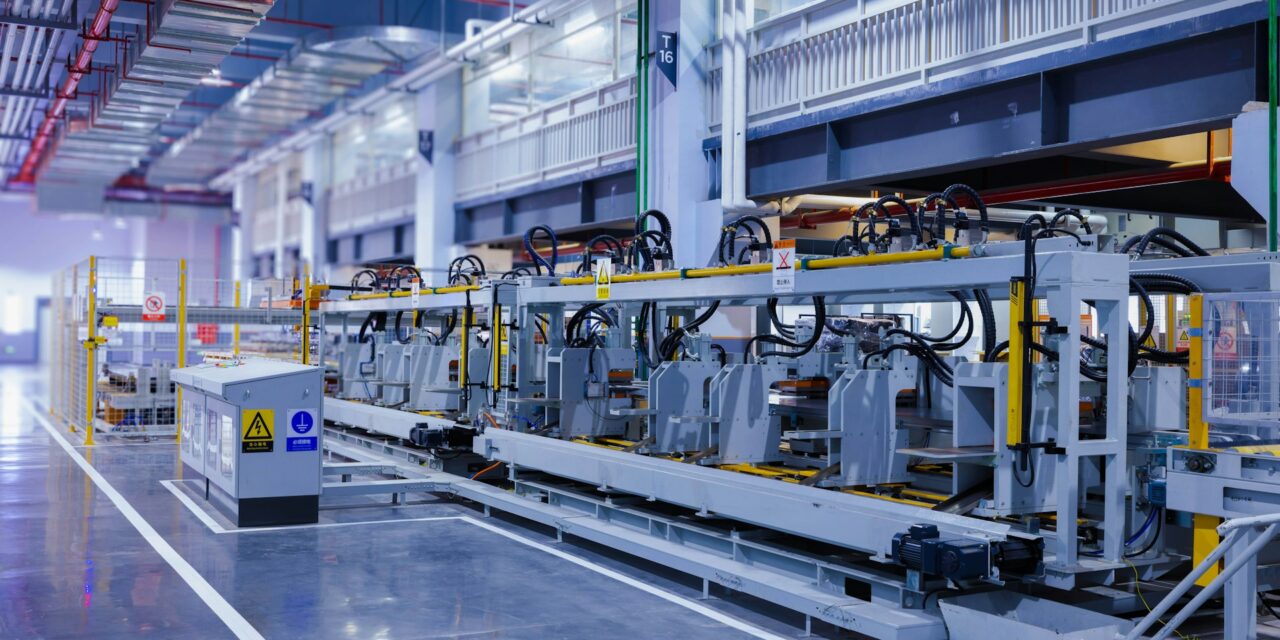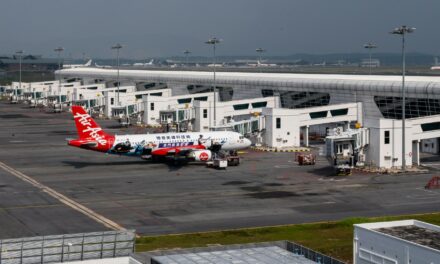The ASEAN manufacturing sector saw conditions improve in June amid the first increase in employment levels in three months.
“Demand conditions strengthened further, thereby supporting solid upticks in manufacturing production and purchasing activity,” said Maryam Baluch in a note on Monday.
The headline S&P Global ASEAN Manufacturing Purchasing Managers’ Index came in at 51.7 in June, unchanged from May. Anything below 50.0 signals that the sector contracted during that month, while anything above indicates expansion.
“Cost burdens and output charges rose at stronger rates in June, the paces of inflation moving closer to their respective long-run averages,” Baluch said, “The PMI price gauges will need to be monitored closely in the second half of the year.”
Deeper look
Despite the headline figure for the region remaining unchanged from the month before, there were some changes to the underlying components of the PMI index.
“[There was] a slight slowing of new orders and production growth contrasted by the first increase in employment levels in three months,” Jingyi Pan, an economics associate director at S&P Global Market Intelligence, told Diplomatic Network (Asia) in an interview on Tuesday.
“Detailed country data showed that employment numbers returned to expansion in Indonesia and Vietnam, while also rising at a faster pace in Thailand, thereby supporting the latest upturn. This is reflective of ASEAN manufacturers’ willingness to expand their workforce capacity amid rising production and also their optimism for output to remain in expansion in the year ahead.”
The region’s goods producers were propped up by domestic demand while exports still struggled, continuing a trend of contraction which started in mid-2022.
“Subdued external conditions continue to weigh on export orders midway through 2024. That said, we do find that the expansion in overall new orders sustaining at a healthy pace,” Pan said.
Meanwhile, inflation remained a sticky issue for the sector, echoing broader economic woes.
“Although the rates of inflation have yet to reach concerning levels, the rise in goods prices represents an emerging risk to overall inflation, especially during a period where we are still watching to see if services inflation will further wane,” Pan said.
“This will be an area to continue monitoring into the second half of 2024.”
Country by country
Manufacturers in Vietnam enjoyed a solid improvement in conditions as the headline figure rocketed to 54.7 in June, up sharply from 50.3 a month prior.
“The Vietnamese manufacturing sector burst into life at the midway point of the year, shrugging off the relatively modest growth seen in recent months thanks to a rapid increase in new orders,” said Andrew Harker in a note on Monday.
“The strength of the expansion in new work highlighted staff shortages at some firms and resulted in an accumulation of outstanding business. In response, firms took on additional staff at a solid pace.”
Thailand’s manufacturing sector steamed ahead in June, with the headline figure hitting a 12-month high of 51.7, up from May’s 50.3.
“Thailand’s manufacturing sector experienced its best month for a year in June, with output growth accelerating and employment rising at the fastest pace on record,” said Balchin in a separate note.
“Falling new orders was again the main weak point, but even here the trend continued to improve with latest data signaling a near-stabilization in demand.”
Goods producers in the Philippines saw conditions improve at a slower pace, with the headline figure slipping to 51.3 in June from 51.9 a month before.
“While strong improvements in demand trends earlier in the second quarter allowed manufacturing firms to raise their production volumes at a solid and sustained rate in June, the recent cooling in demand conditions could mean weaker upticks in output as we move into the second half of the year,” Baluch said in another note on Monday.
“Moreover, while growth in output fed through to higher purchasing activity, it failed to translate into job creation.”
Myanmar’s manufacturing sector headline figure of 50.7 in June, slipped from a nine-month high of 52.1 in May.
“Despite new orders rising for the third straight month in June, following a seven-month period of decline, the sector has struggled to meet production requirements,” said Baluch in a separate note on Monday.
“As a result, a fresh fall in output was reported, albeit one which was fractional overall. The drop in production reflected a challenging supply-side environment which has been the outcome of the ongoing political turmoil.”
Indonesia’s manufacturing PMI registered a headline figure of 50.7 in June, falling from 52.1 in May, but still in expansion territory.
“There was a notable loss of momentum in the Indonesian manufacturing sector in June, with new order growth almost stalling as exports fell for the fourth month running,” said Trevor Balchin, an economics director at S&P Global Market Intelligence, in a note on Monday.
“The PMI remains just above its long-run trend level, but the outlook is concerning with the Future Output Index unmoved on May’s level and among the lowest on record.”
In Malaysia, manufacturers experienced a marginal worsening of conditions in June. The PMI figure came in at 49.9, slipping from 50.2 a month before.
“June was largely a month of stability for Malaysian manufacturers, following on from the growth seen in May,” said Harker in a separate note on Monday.
“Encouragingly, firms were again able to bring in greater volumes of new work, but there were still some reports of demand remaining muted. As such, manufacturers were happy to keep their output and employment levels unchanged.”
ASEAN manufacturing sector outlook
The next few months are looking positive as sales and production may rise while backlogged orders provide a safe base for conditions improving.
“Although business confidence eased in the second quarter compared to the January to March period, ASEAN manufacturers remain broadly optimistic that sales and production can rise in the coming months,” Pan told DNA.
“At the very least, we find that backlogged orders have continued to increase for the fourth straight month in June, and this forward-looking PMI sub-index therefore suggests we are likely to see production continuing to rise in the coming months.”
Data
The S&P Global ASEAN manufacturing PMI is compiled by S&P Global from responses to monthly questionnaires sent to purchasing managers in panels of manufacturers in Indonesia, Malaysia, Myanmar, the Philippines, Singapore, Thailand and Vietnam, totaling around 2,100 manufacturers. These countries account for 98% of ASEAN manufacturing value added, according to World Bank world development indicator.
Data for the PMI were collected between June 12 and 24.







